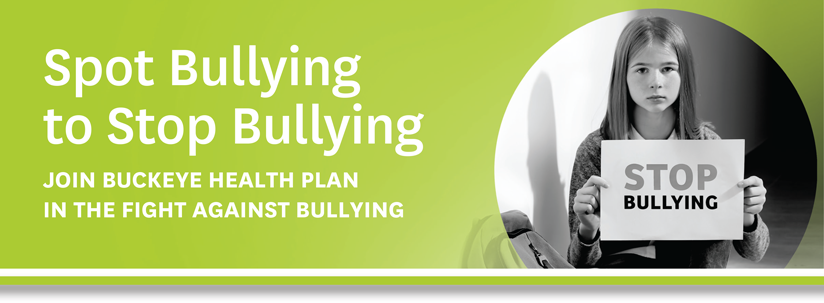
- Over the last year, Ohio has seen a dramatic rise in teen suicide, sparking parents, school administrators and community leaders to take steps to address bullying in schools. Buckeye is joining in this effort to raise awareness and bring about change through community outreach.
- This February, through Buckeye’s partnership with the student-led organization, Beyond Differences, 2,000 students in 7 schools across Ohio have learned about the consequences of social isolation.
- A victim of bullying is twice as likely to take his or her own life.1
- Nationwide, suicide the second-leading cause of death — after accidents — for people ages 10 to 19.1
- Last year, 111 young Ohioans committed suicide. That’s the highest annual suicide rate in the past decade. Eighty-nine of the victims were 15 to 19 years old, 21 were 10 to 14, and one was younger than age 10.2
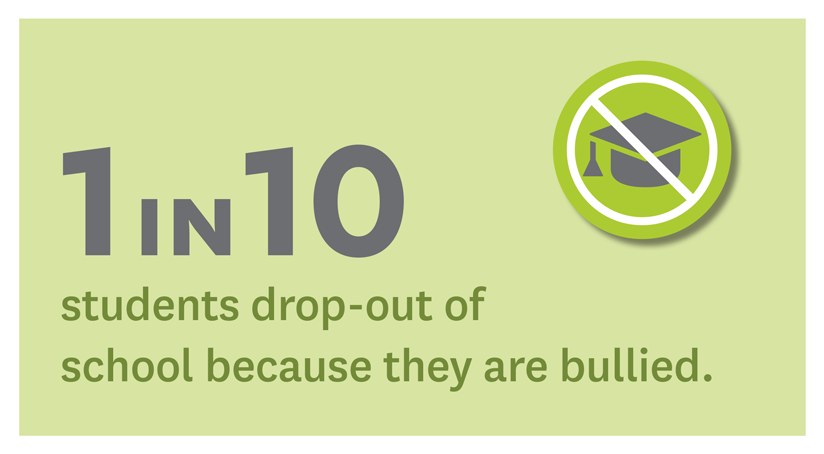
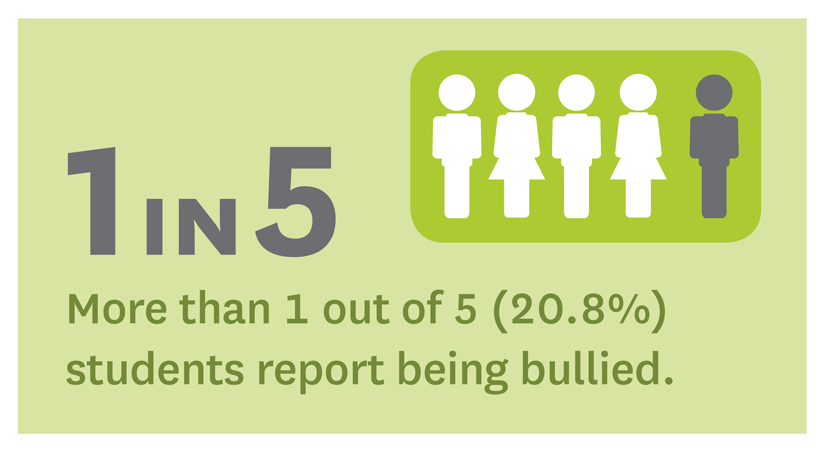
- Bullying is unwanted, aggressive behavior that involves a real or perceived power imbalance. The behavior is repeated, or has the potential to be repeated, over time. Bullying includes making threats, spreading rumors, attacking someone physically or verbally and excluding someone from a group on purpose.
- Bullying can affect everyone—those who are bullied, those who bully and those who witness bullying. Bullying is linked to many negative outcomes including impacts on mental and physical health, substance abuse and suicide.
- The most common types of bullying are verbal and social. Physical bullying happens less often. Cyberbullying happens the least frequently.
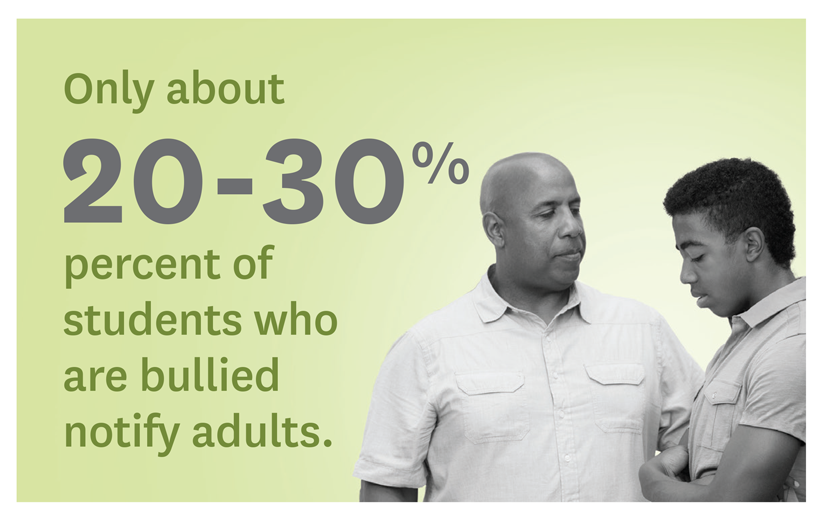
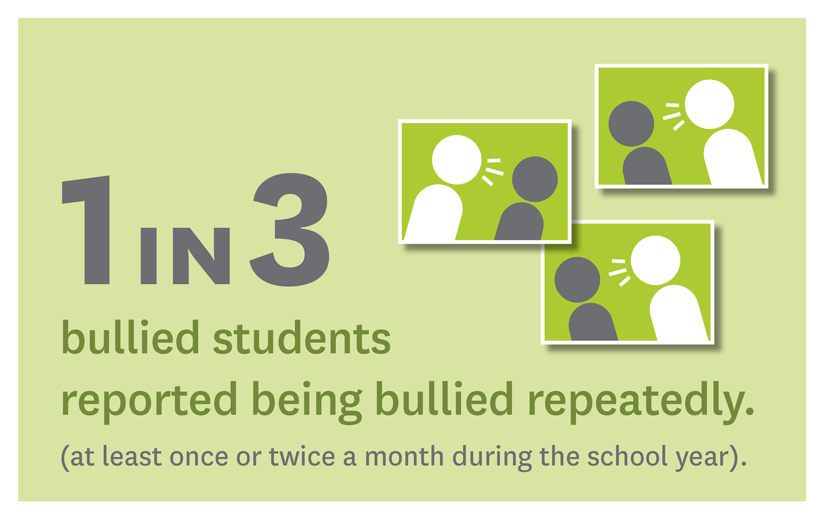
- More than one out of every five students (20.8 percent) report being bullied. And, 33 percent of students who reported being bullied at school indicated that they were bullied at least once or twice a month during the school year, according to National Center for Education Statistics.
- The reasons for being bullied reported most often by students include physical appearance, race/ethnicity, gender, disability, religion and sexual orientation, according to the National Center for Education Statistics.
- Around 160,000 children miss their classes every day because of different kinds of bullying.
- One out of 10 students drop-out of school because they are bullied.3
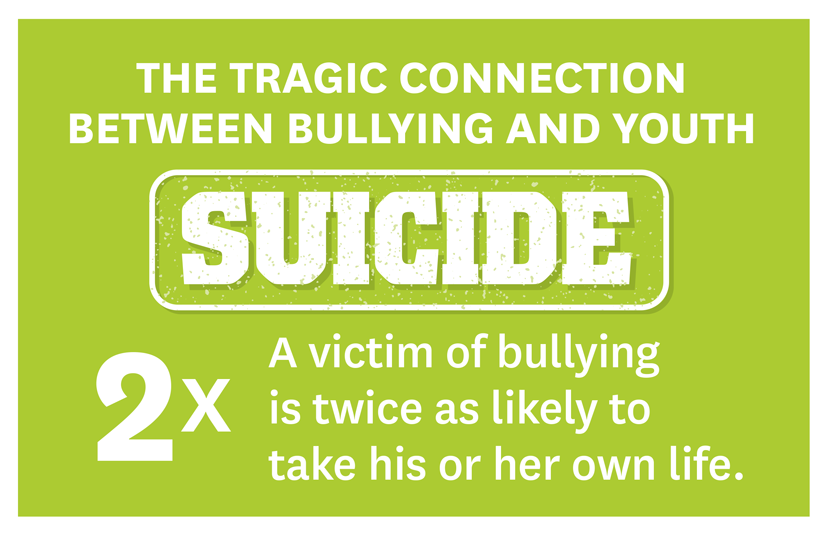
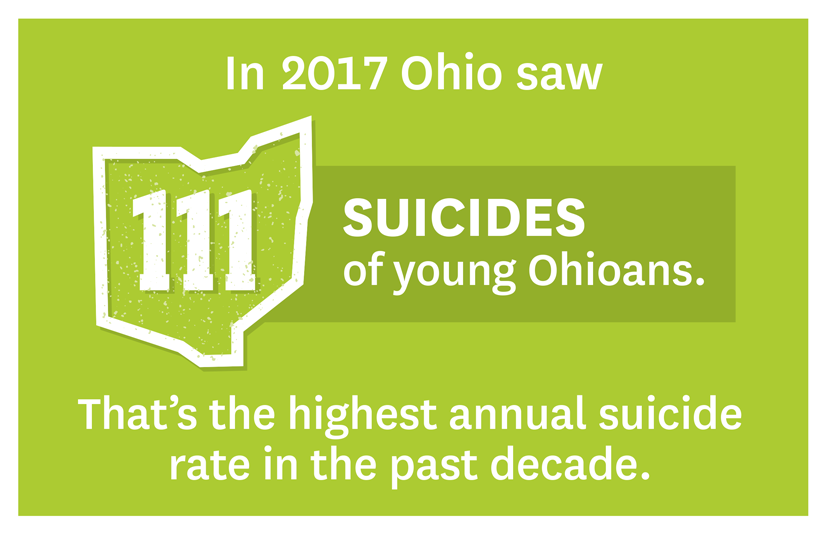
- Becoming withdrawn
- Showing fear when it’s time to go to school or work
- Increasing signs of depression
- Decline in performance
- Poor communication or rude interactions
- Victims of bullying may experience physical and mental health complaints like headaches, stomachaches, depression, anxiety and increased feelings of sadness and loneliness.
- Sleep problems, changes in eating patterns and loss of interest in activities they used to enjoy can also occur.
- It’s important to pay attention to these signs because only about 20 to 30 percent of students who are bullied notify adults about the bullying.
- Studies have shown that adults can help prevent bullying through open communication, proactively talking to children about bullying, modeling kindness and respect and encouraging children to get help when they are involved in bullying or know others who need help.
- Ohio Anti-Bullying and Mental Health Community Resource List (PDF)
- For more information on bullying and/or Buckeye Health Plan, please browse our website or call:
References:

